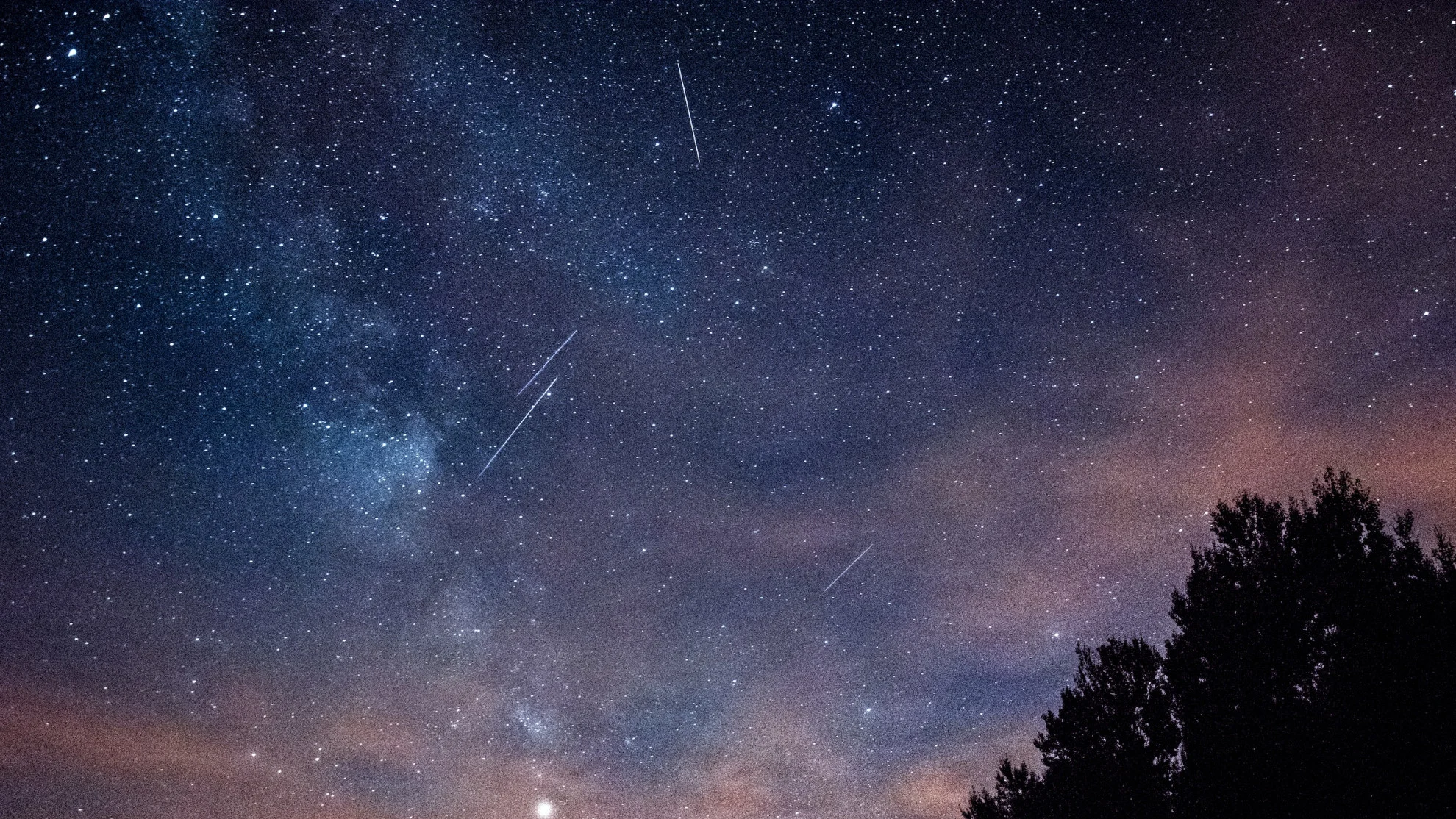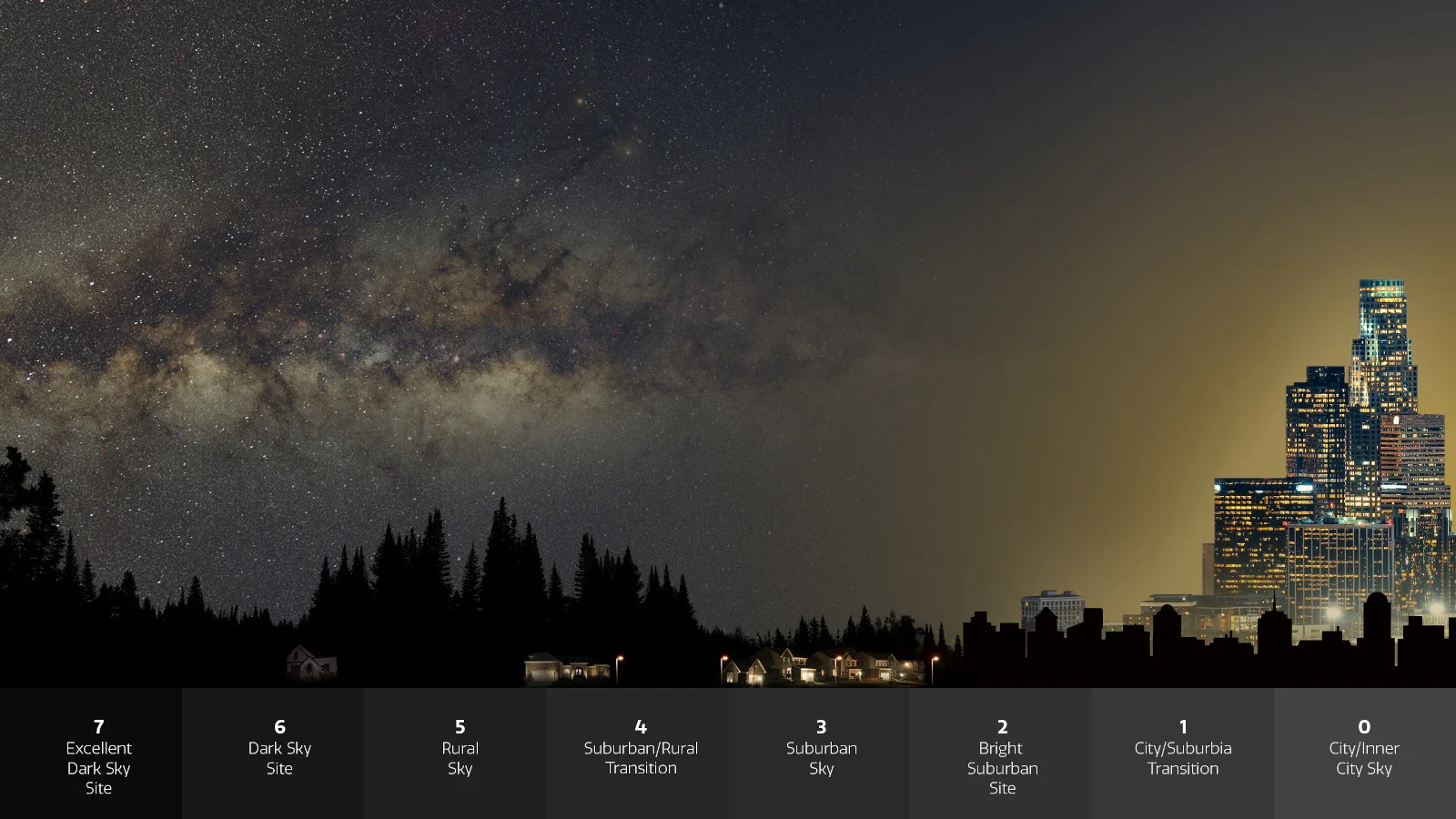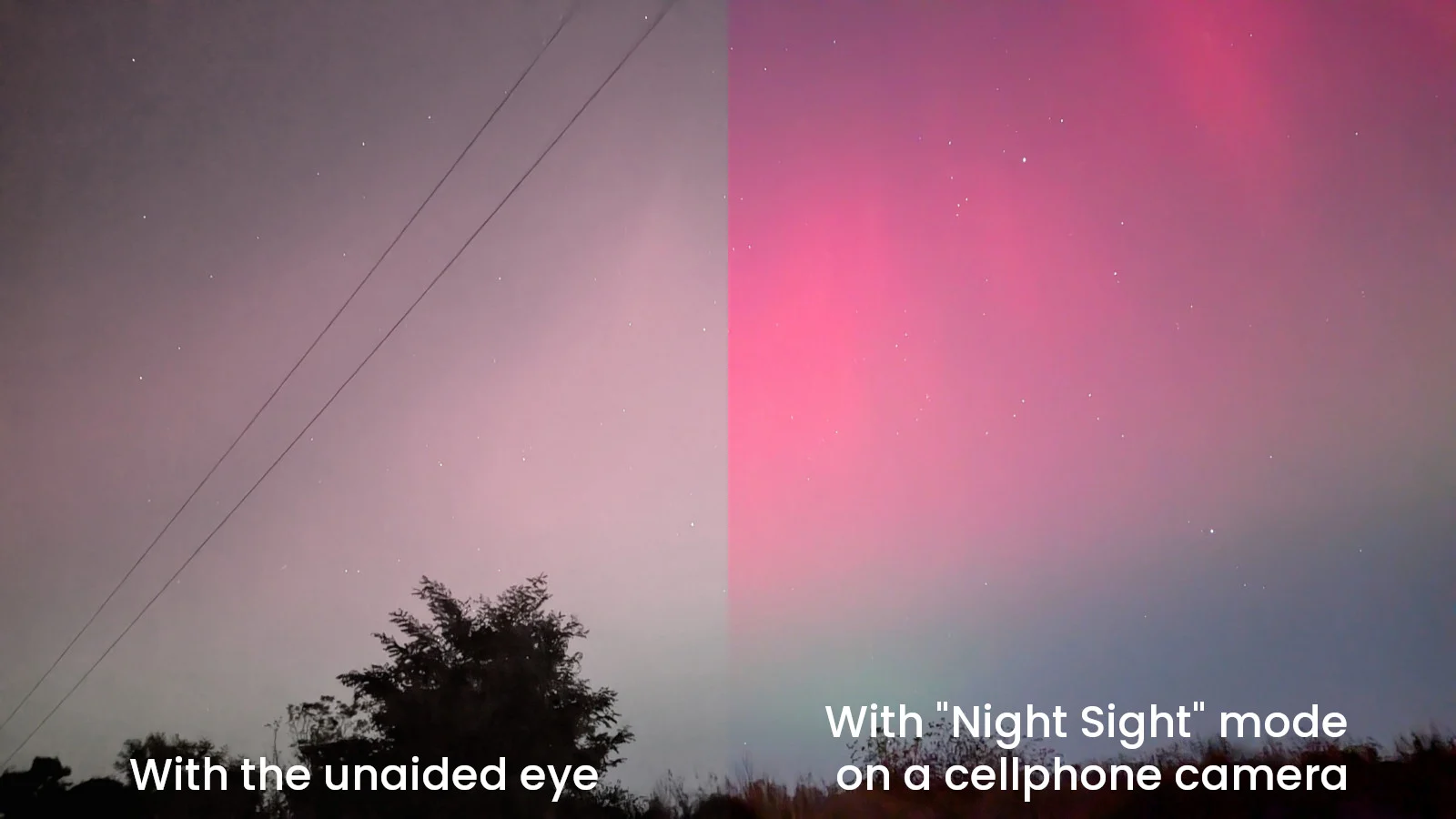
How to get the most out of auroras, meteor showers, and other night sky events
There are roughly a dozen meteor showers throughout the year we can enjoy, if we know how to maximize our viewing potential.
Meteor showers, comet flybys, and the Northern Lights are all events that nearly everyone can watch, if you time things right, and — in some cases — have the right equipment on hand. Here's a guide to getting the most out of these amazing astronomical events.
The three best practices for observing the night sky are:
Check the weather,
Get away from light pollution, and
Be patient.
Are there clear skies?
Clear skies are essential. Even a few hours of cloudy skies can ruin your chances of watching an event such as a meteor shower or a display of the Aurora Borealis. So, be sure to check The Weather Network on TV, on our website, or from our app, and look for my articles on our Space News page, just to be sure that you have the most up-to-date sky forecast.
Look for dark skies
Next, get away from city light pollution. Light pollution is the unwanted light from sources like electronic signs, skyscraper windows, and improperly shielded street lamps, which combines together to produce a dome of waste light over a city. It's known as 'waste' light because much of it does not serve a direct purpose. More importantly, for astronomy, this 'waste' light interferes with our eyes' ability to adapt to the dark. Thus it becomes harder for us to see faint objects in the night sky.

This infographic reveals the impact of urban light pollution on the night sky by showing what is typically visible from Dark Sky sites on the left and transitioning to denser and denser urban environments towards the right. Credit: NOIRLab/NSF/AURA, P. Marenfeld
Only the Moon and the brightest planets can pierce this glow with any certainty. It also limits the number of meteors we see during a meteor shower, and it can make the auroras all but invisible as well.
So, to get the most out of your stargazing, aurora chasing, and meteor watching, it's best to get out of the city. The farther away you can get, the better.
For most regions of Canada, getting out from under light pollution is simply a matter of driving outside of your city, town or village until a multitude of stars is visible above your head.
In some areas, especially in southern Ontario and along the St. Lawrence River, the concentration of light pollution is too high. Getting far enough outside of one city to escape its light pollution tends to put you under the light pollution dome of the next city over.
The best options for getting away from urban light depend on your location. For those in southwestern Ontario and the Niagara Peninsula, the shores of Lake Erie can offer some excellent views. If you're in the GTA and farther east, drive north and seek out the various Ontario provincial parks or Quebec provincial parks. Even if you're confined to the parking lot after hours, these are usually excellent locations from which to watch (and you don't run the risk of trespassing on someone's property).
If you can't get away, the suburbs can offer at least a slightly better view of the night sky. Here, the key is to limit the amount of direct light in your field of view. Dark backyards, sheltered from street lights by surrounding houses and trees, are your best haven. The video above provides a good example of viewing based on the concentration of light pollution in the sky. Also, check for dark sky preserves in your area.
Also, be mindful of the phase of the Moon. During the New Moon or Crescent Moon is typically the best time to observe the night sky, as the Moon itself can . However, a Gibbous or Full Moon can be bright enough to wash out all but the brightest meteors. Since we can't get away from the Moon, the best option is just to time your outing right, so the Moon has already set or is low in the sky. Also, you can angle your field of view to keep the Moon out of your direct line of sight. This will reduce its impact on your night vision and allow you to spot more meteors.
Time to adjust
Once you've verified you have clear skies and you've limited your exposure to light pollution, this is where being patient comes in.
As mentioned above, your eyes need some time to adapt to the dark. Position yourself so that there are no bright lights directly in your field of view. Even having a tree or building in the way can help. Also, avoid looking at your phone, or at least reduce the brightens of the screen. Give yourself at least 20 minutes in the dark, but 30-45 minutes is best, for your eyes to adjust from being exposed to bright light.
Note that this, likely more than anything else, is the one thing that causes the most disappointment when it comes to watching most night sky events.
If you step out into your backyard from a brightly lit home and looking up for a few minutes, you might be lucky enough to catch a rare bright fireball meteor, or maybe detect the faintest hint of colour in the sky from the auroras. However, it's far more likely that you won't see anything at all. There may be an amazing amount of activity going on overhead, but with our eyes still adapted to bright light, we just won't be able to see it.
A note about the Northern Lights
Even after giving your eyes time to adjust to the dark, it may be difficult to see the Northern Lights.
It's a sad fact that human night vision is very bad at picking up colours. And with the auroras being nothing but coloured light, it's often a challenge to see them. There are certainly times when they are bright enough to see with the unaided eye. They can sometimes appear as incredibly bright arcs or curtains of green, red, blue and purple above our heads.
If you live in the northern parts of eastern Canada, or through the Prairies, or northern regions of western Canada such as the Yukon, bright aurora displays might be fairly common. However, for those in southern Canada, most of the time, aurora displays will tend to be rather faint. This is even worse if you live where there is a lot of light pollution.
You might spot some of the structure — the ribbons or sheets or arcs — but they will just appear faint, and ghostly white, and a bit light thin clouds.

The Northern Lights from October 10, 2024, simulating what they looked like to the unaided eye (left) and what the camera captured (right). (Scott Sutherland)
If this is the case, pull out your cellphone, set your camera to "Night" mode (also known as "Night Sight" for some phone models), and point it at the night sky. The sensitive photoreceptors in the camera will be able to pick out the colours where your eye cannot. Then, simply hold still and snap a picture to capture the Northern Lights.
(Thumbnail courtesy Michal Mancewicz/Unsplash)
--











